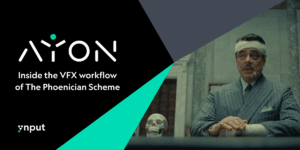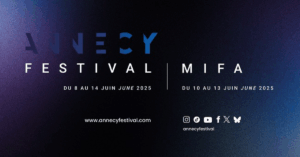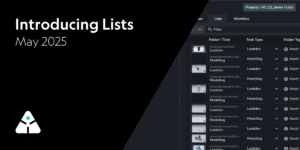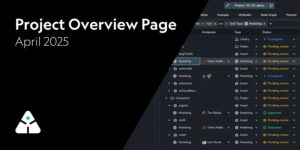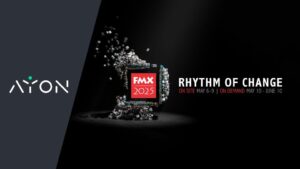How Vivid VFX used AYON for Wes Anderson’s The Phoenician Scheme, without crunch
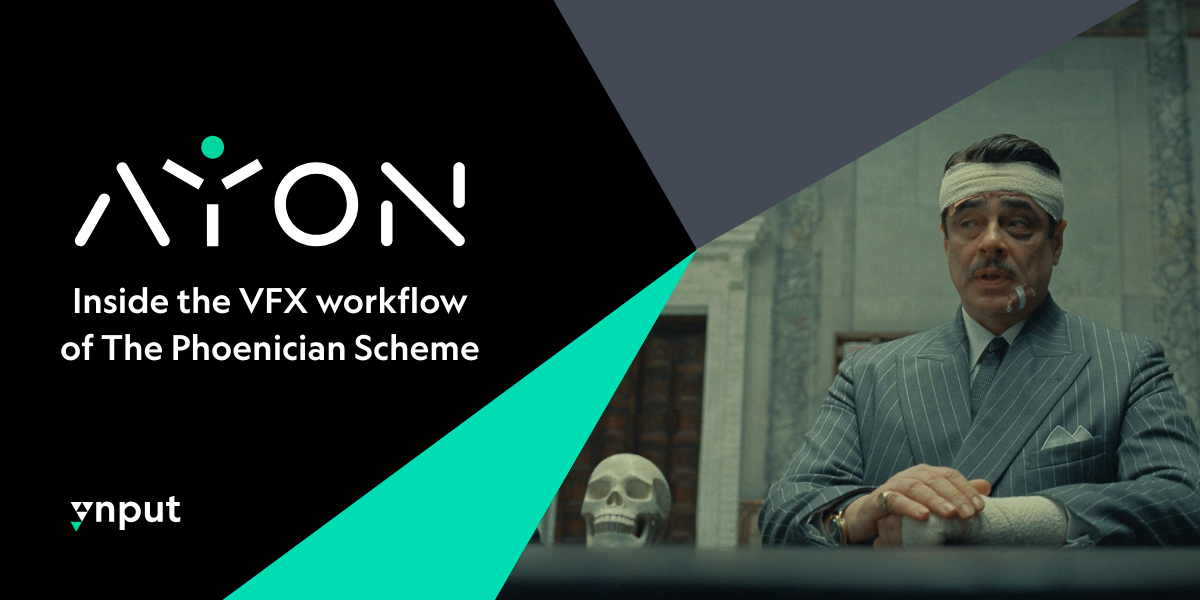
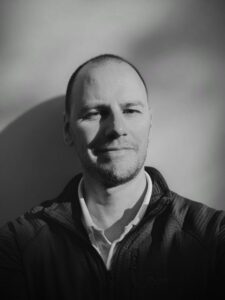
When tasked to build the Visual Effects pipeline for Wes Anderson’s The Phoenician Scheme, Cameron Smither, Associate VFX Supervisor and workflow specialist, knew the demands would be subtle but unforgiving. Anderson’s films often rely on invisible VFX, performance tweaks, editorial splits, and background cleanups that disappear seamlessly into the storytelling. Working alongside overall VFX Supervisor Dan Schrecker, Smither’s challenge was to guide a small, agile In-House team to deliver hundreds of these carefully crafted shots, all while keeping production smooth, scalable, and stress-free. For that, he turned to AYON.
A unique setup for a Wes Anderson film
Unlike a traditional vendor-led studio model, Smither and his team were brought in to work client-side, embedded within the Production itself. For the duration of the show, he assembled a compact, highly capable In-House compositing team. Adrian Banton, Nico Boss, Dan Cowley and Ed Plant were brought in to work closely with Editorial, Production, overall show VFX Supervision and the Director.
“There were five of us and a shared coordinator resource with our amazing VFX Production team. We operated much like a mini vendor,” Smither explained. “Only that we were embedded within Production.”
Across The Phoenician Scheme, the team delivered between 700 and 800 VFX shots, a number that might surprise audiences, given the film’s restrained visual style. But for those familiar with Anderson’s process, it’s par for the course.
“Wes’s films tend to be more VFX to support Editorial,” Smither said. “We call them Editorial VFX. They’re essentially invisible.”
This meant the work was far from simple. It often involved performance adjustments, split screens, continuity tweaks, and environment cleanup, all of which had to meet Anderson’s exacting visual standards while blending in seamlessly.
Building a pipeline that would scale
For a project of this scope, the small team needed more than just skill, they needed a system that could handle the day-to-day operations without overwhelming them.
“In-House, you don’t have System Admins or a Pipeline department, there’s just you,” Smither said. “If you want something done, you have to do it yourself.”
On a previous Anderson film, the team had built a fully custom pipeline. It worked well, but it wasn’t sustainable or scalable for future projects. So for The Phoenician Scheme, Smither brought in AYON.
“I’ve been searching for a flexible and customisable pipeline which works across platforms for years,” he said. “AYON offered that flexibility without the overhead of maintaining a massive codebase.”
Smither had already tested AYON on smaller projects including Anderson’s Mont Blanc commercial, and was confident it could handle the scale of a feature.
“We were using the community version whilst we were getting accustomed to it,” he added.
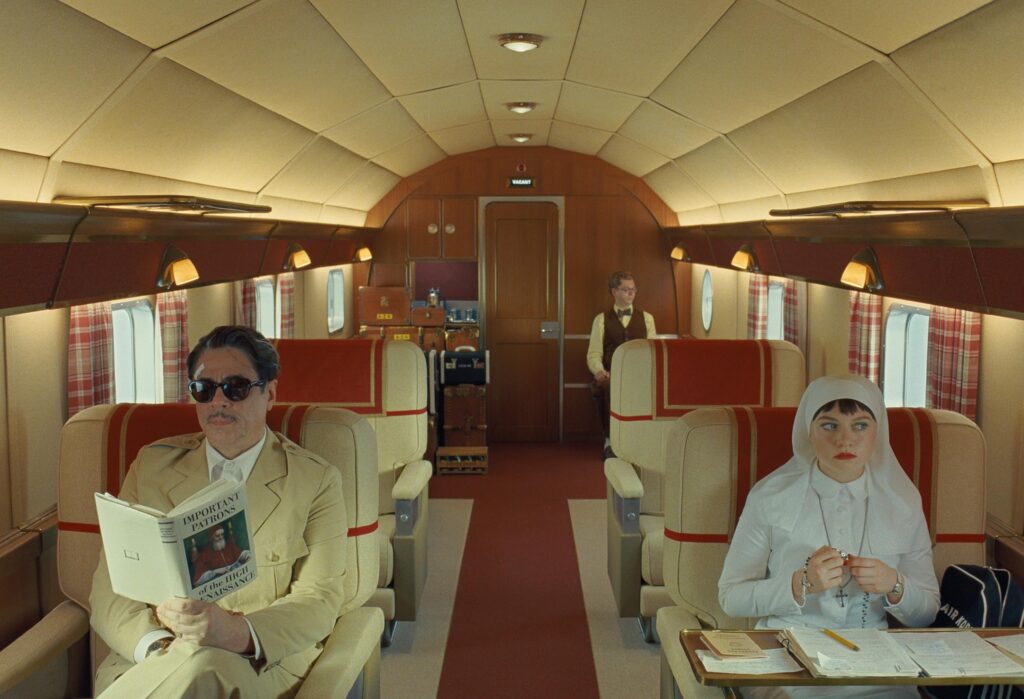
Integrating AYON into the Production ecosystem
AYON became the core pipeline for the In-House VFX team. It managed shot tracking, task assignment, ingest operations, and delivery packaging, all connected to the broader production via custom-built tools.
“Because FileMaker was the hub for the entire show, we built custom tools which would do exports and ingests of notes to versions in AYON.”
This integration meant artists could stay entirely within AYON, viewing tasks, ingesting media, and tracking notes from Editorial, all without having to navigate multiple platforms.
They also built a custom ingest tool to streamline file handling.
“On the previous film there was a lot of manual IO,” Smither said. “When you’re tired, it’s not much fun trying to ensure shot packages are copied to the correct places, without messing anything up!”
With the new system in place, ingesting and organizing materials became largely automated.
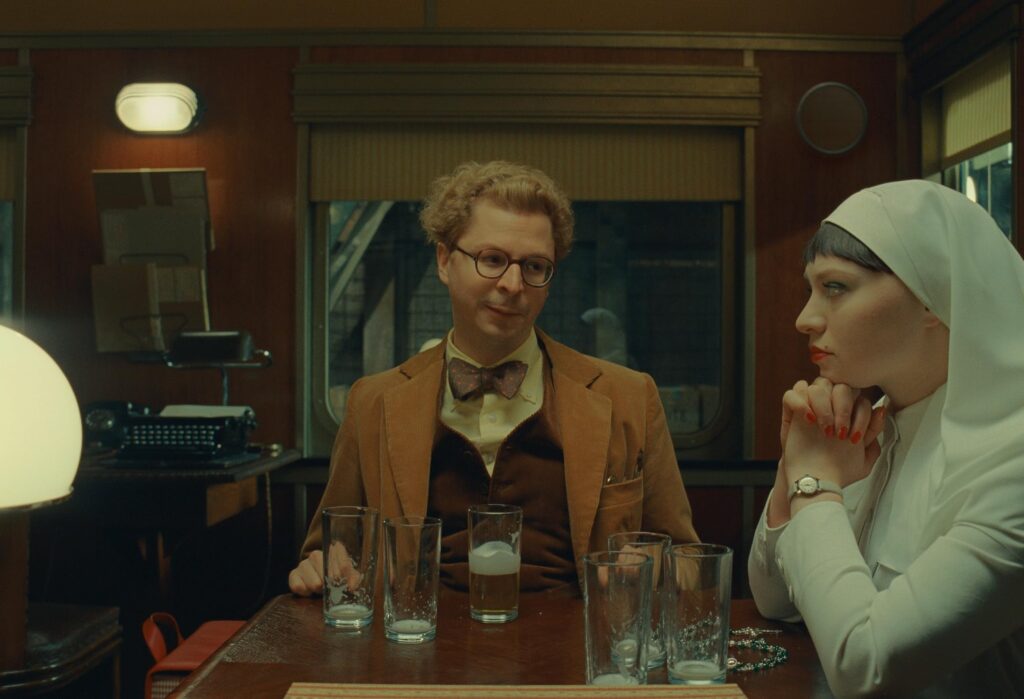
Global collaboration with Vendors
While the In-House team used AYON throughout the project, the external Vendors managed their own pipelines with work distributed relatively evenly across them. These included: Alchemy 24 in Montreal, Cadence VFX in New York, Freefolk in London and Red VFX in London.
These studios were selected for their scale, capability and previous experience, “They would package the work with their own systems and send it to Production.”
Deliveries between Production and Vendors were frequent, sometimes multiple times per day and often involved large batches of plates, reference files, paperwork and notes.
“Some days you might receive a turnover package with 40 shots,” Smither said. “They could have five plates each… hundreds and hundreds of pieces of media.”
Despite this, the In-House team kept pace thanks to AYON and their delivery packaging tools, which extracted data directly from AYON’s database to match Production specifications for their database and shot tracking.
Another major success came from AYON’s OCIO integration. Smither collaborated early with Dr. John Quartel and Brett Rayner at Company 3 to lock down the colour pipeline.
“We built an OCIO config for the show which used custom film LUTs from CO3 and installed it into AYON,” he said. “We sent it to the Vendors with a detailed VFX specification document, and we had no nagging colour questions!”
This seemingly small setup paid off. On previous shows, Smither recalled some Vendors struggling and taking a long time to get the colour workflow correct. This time, colour was nailed down from the start with no ambiguity, and no time lost so. Ensuring we could all focus on the most important thing, the shots.
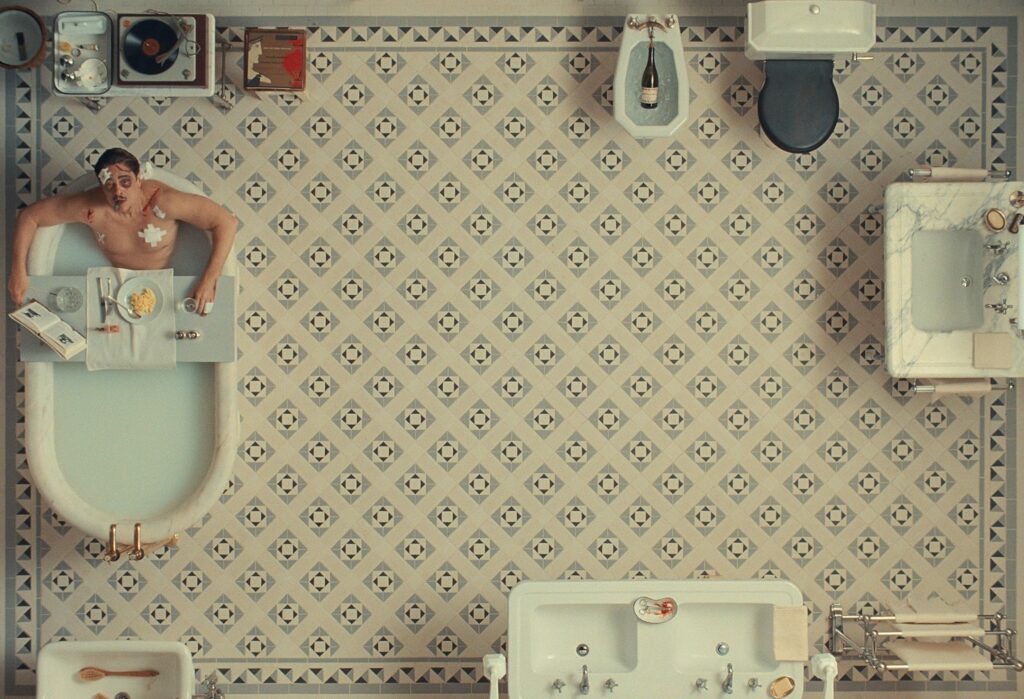
The impact: No crunch. No burnout.
Perhaps the most striking result of the AYON-powered workflow for the In-House team was what didn’t happen, “We did no weekend work, and we did no overtime. It was brilliant!” Smither said. ” It might have been the first show I’ve ever done where that wasn’t required.”
Compared to previous productions where Smither often worked late into the night preparing packages and making sure everyone had what they needed for the next day’s work, AYON helped the team reclaim their time, and their sanity.
“It cumulatively saved us hundreds of hours of extra work,” he added.
Looking ahead
For Smither, AYON provided a pipeline that became a platform for sustainable, high-quality production. And he’s keen to take it even further on future shows.
“I’m looking forward to new projects where we can utilise more of the features of AYON to help speed up, scale and continue to deliver amazing work,” he said. “It’s really a great platform to build your show upon.”
